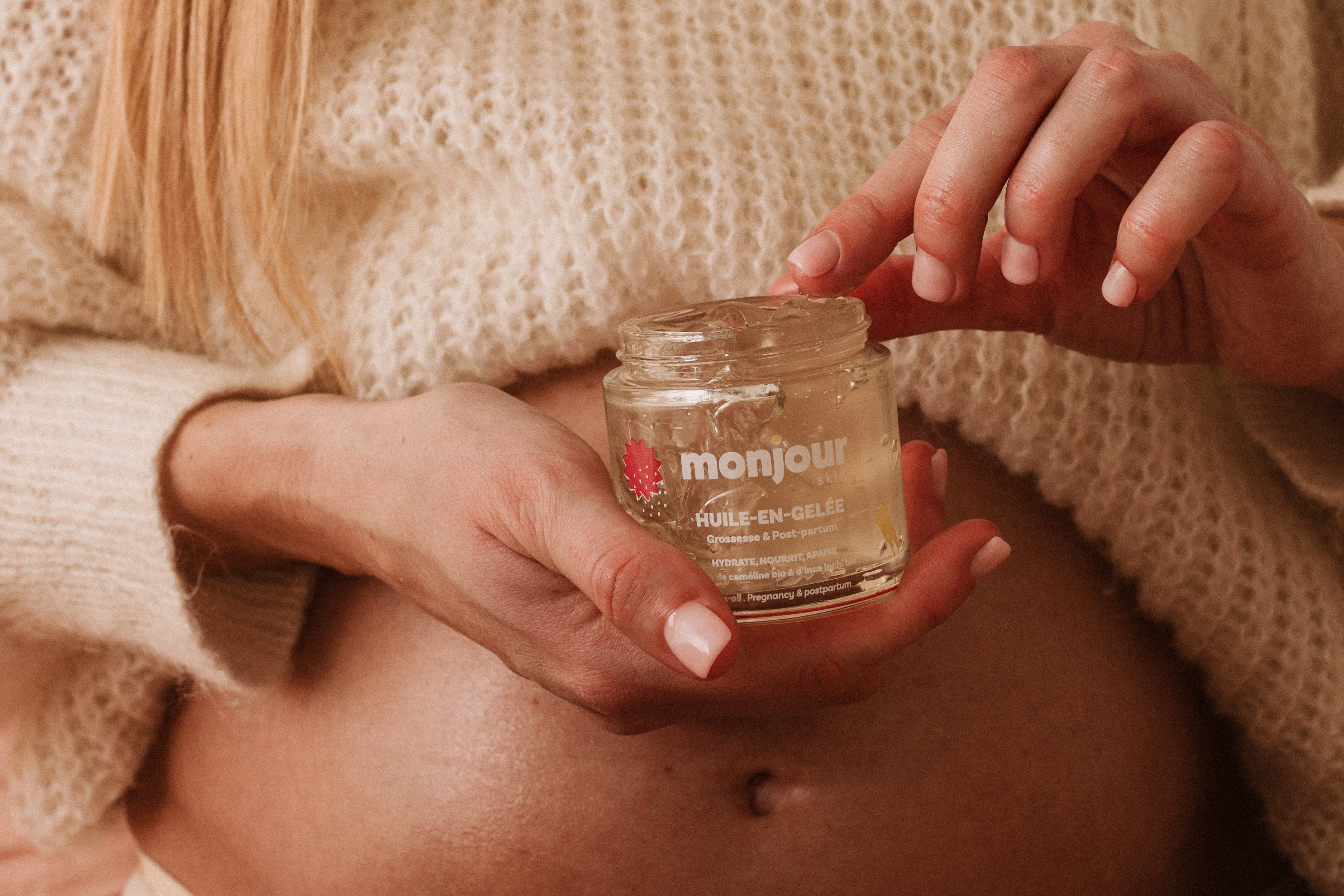Food diversification: have the right gestures
The introduction of solid foods in a baby's diet is an important step in its development.
Food diversification allows your child to discover new flavors, develop their sensory capacities and acquire healthy eating habits!
However, it is essential to proceed with care and follow a few important gestures to guarantee a smooth and risk -free transition!
In this article, we will guide you through the key stages of food diversification and give you practical advice to succeed in this beautiful step!
The right time to start!
Most experts recommend introducing solid foods between 4 and 6 months, when your baby starts showing signs.
These signs include an ability to hold your right head, an interest in food, the ability to sit with support and the loss of the language protrusion reflex.
But caution, each child is different, so be sure to consult your pediatrician before starting food diversification!
Here is a small painting that can help you in the passage of this large step!
Start gently ...
When you start dietary diversification, it is best to start with Simple food And easy to digest.
Steam vegetables, such as carrots, zucchini or sweet potatoes, are good choices for the first purees.
Avoid introducing too many new foods at the same time, in order to be able to identify possible allergies or food intolerances.
Here is a small list of fruits and vegetables that you can introduce into baby's diet:
Fruits:
-
Crushed or puree bananas
-
Cooked and puree apples
-
Cooked and puree pears
-
Puree peaches
-
Cooked and puree plums
-
Crushed lawyer
Vegetables :
-
Cooked and puree carrots
-
Sweet and puree sweet potatoes
-
Cooked and puree zucchini
-
Cooked and crushed peas
-
Broccoli cooked and puree
-
Cooked and puree spinach
Cereals:
-
Cooked and crushed rice
-
Quinoa cooked and crushed
-
Cooked and puree oatmeal
-
Cooked and puree fine wheat semolina
Proteins:
-
Bean puree or lenses
-
Chickpea puree
-
Crushed or puree tofu
-
Crushed or puree hard cooked eggs (introduce after 6 months)
-
Well cooked meat or poultry (introduce after 6 months)
Dairy products:
-
Breast milk or infant milk
-
Baby natural yogurt (introduce after 6 months)
-
Fresh baby cheese (introduce after 6 months)

Introduce food one by a
When you start to give new food to your baby, it is important to introduce them one by one, with a few days apart.
This makes it easier to identify any allergic reactions.
If your baby has signs of allergy such as rashes, vomiting or breathing difficulties, immediately consult a doctor.
To find more recipe ideas we advise you to consult the profile ofAurélie Canzoneri, Féna certified naturopath. Aurélie shares many tips and recipes to introduce the first foods in baby's diet!
Progress gradually
As your baby gets used to purees, you can gradually increase the texture and thickness of food.
You can start introducing crushed foods or in small pieces to encourage the chewing and the motor skills development.
Make sure the pieces are small and easy to chew enough to avoid the risk of suffocation!
Finally to cleare baby's face during its food diversification, you can use Face and body cleansing water from my day !
L'cleaning water Allows you to gently cleanse the baby's face and hands while protecting the skin from drying out and bringing a feeling of freshness!
The Monjour team









Leave a comment